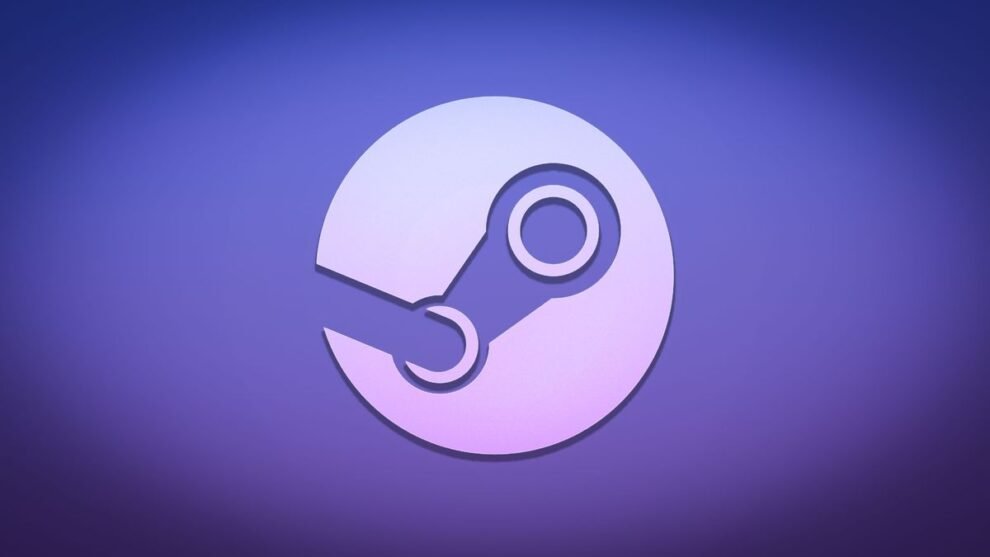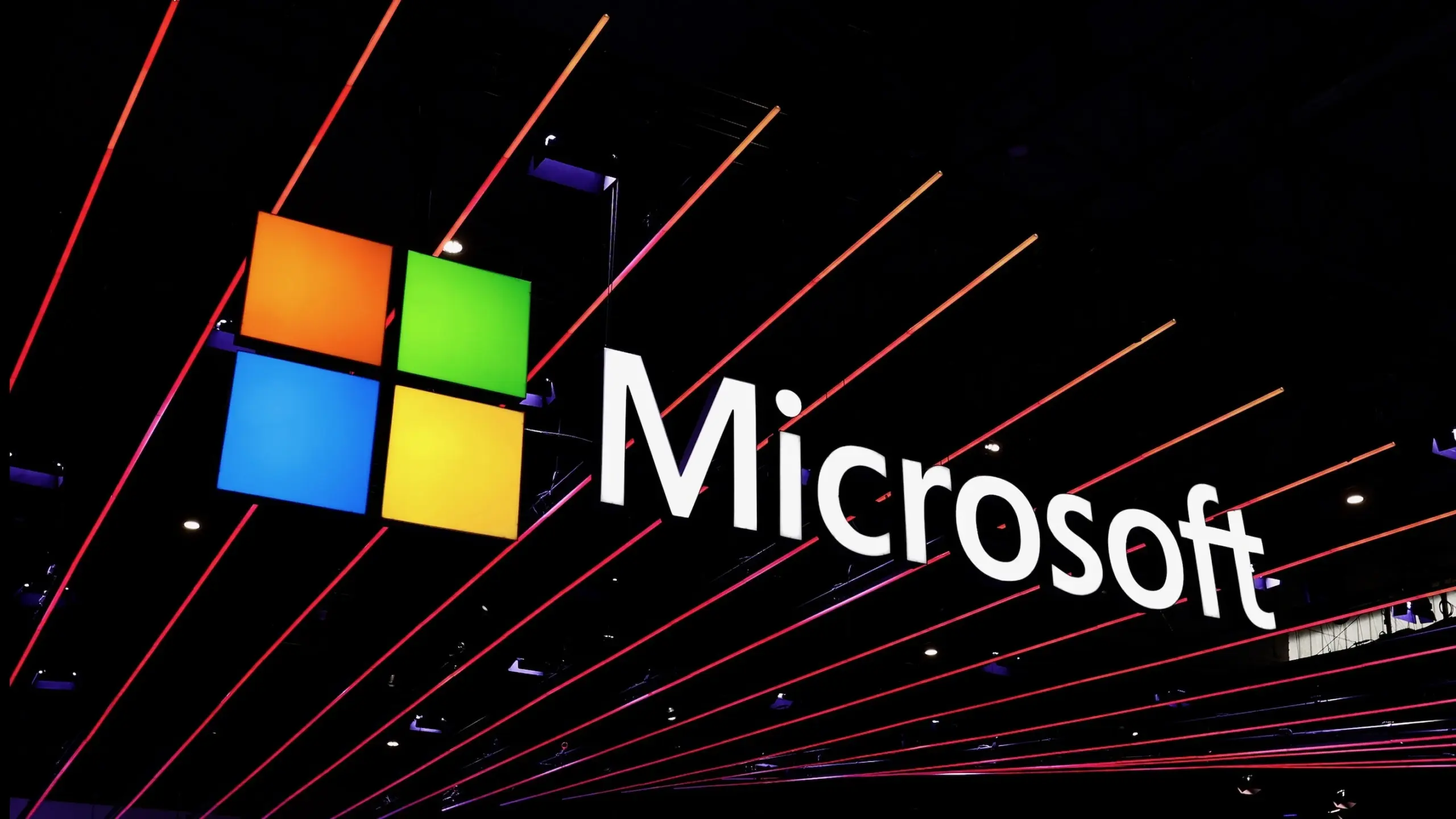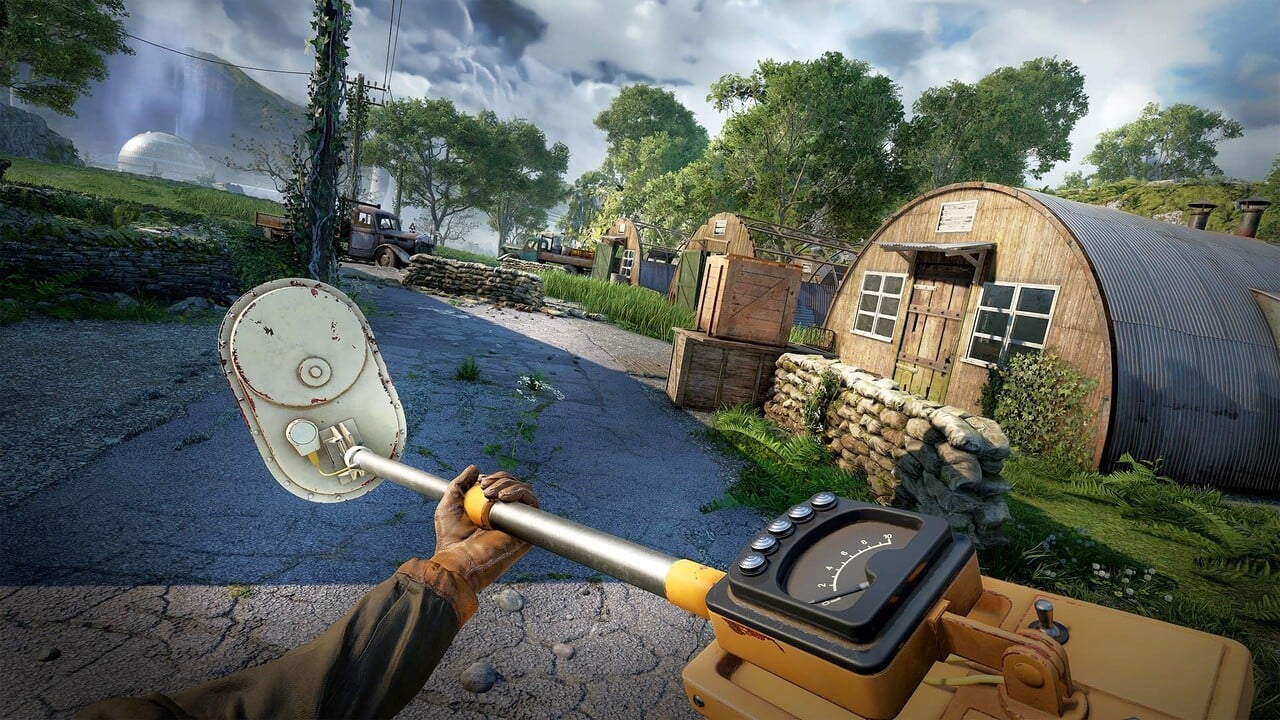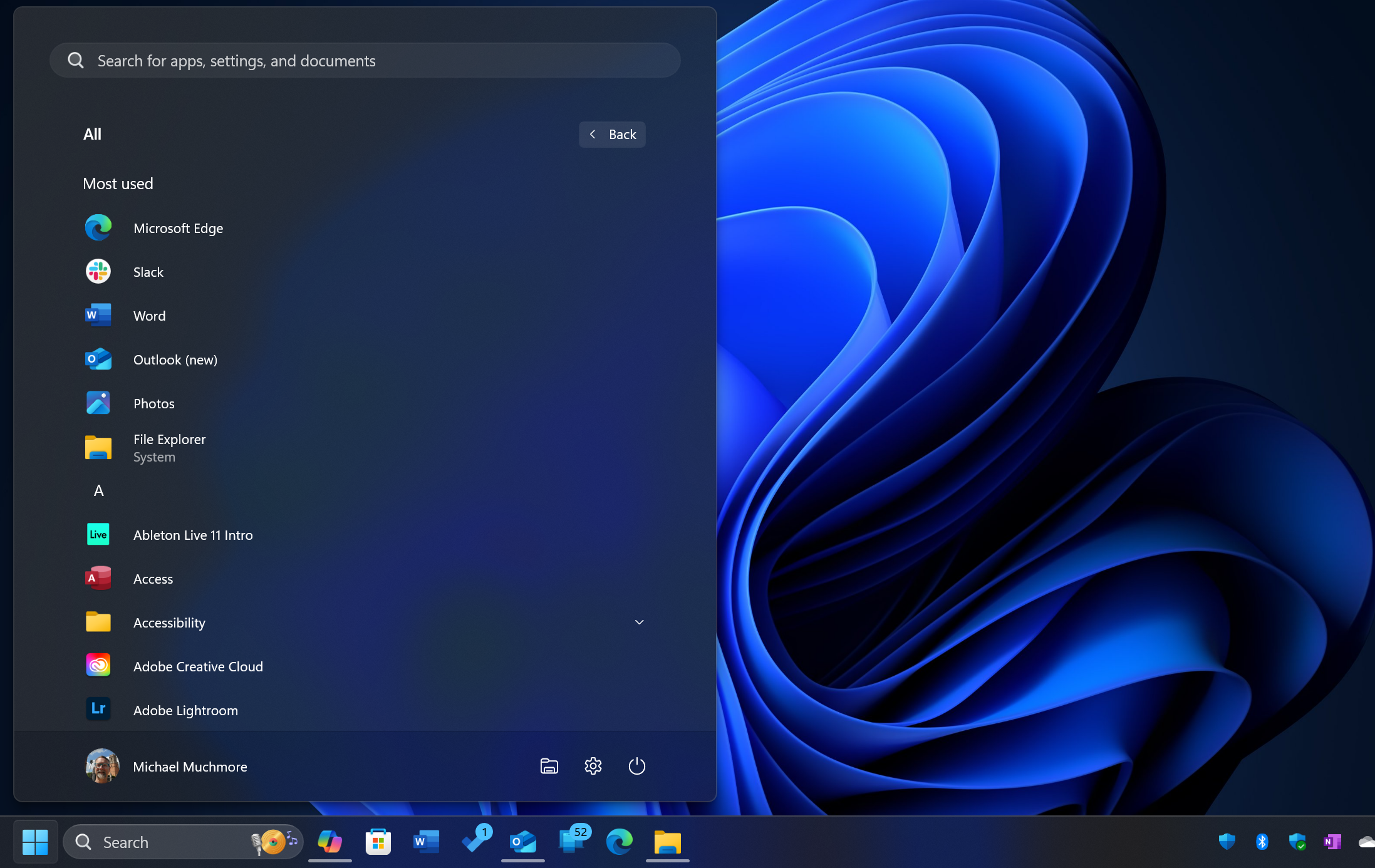Former Amazon VP of Games, Patrick Gilmore, has publicly acknowledged the company’s failure to compete with Valve’s Steam platform in the PC gaming market. Gilmore, in a candid interview, stated, “We were 250 times bigger, but Goliath lost.” His remarks highlight the stark reality of Amazon’s struggles despite its vast resources and initial ambitions.
Amazon’s foray into PC game distribution and development, spearheaded by its Amazon Games Studios and the Amazon Appstore for PC, aimed to challenge Steam’s dominance. The company invested heavily, acquiring studios, funding game development, and offering various incentives to developers. Despite these efforts, Amazon failed to gain significant traction.
Steam, established in 2003, enjoys a near-monopoly in the PC game distribution space. Its extensive library of games, user-friendly interface, and strong community features have created a powerful network effect. Gamers are accustomed to using Steam, and developers prioritize releasing their games on the platform due to its massive user base.
Gilmore’s statement reveals the internal recognition of this challenge. While Amazon possessed significantly more financial resources than Valve, it couldn’t overcome Steam’s established position and loyal user base. The “250 times bigger” reference underscores the disparity in size between the two companies, making Amazon’s failure all the more striking.
Several factors contributed to Amazon’s struggles. The Amazon Appstore for PC struggled to attract both developers and gamers. Its game library remained significantly smaller than Steam’s, limiting its appeal. Furthermore, the platform lacked some of the community features that make Steam popular, such as forums, friend lists, and achievements.
Amazon’s own game development efforts also faced setbacks. While the company published some successful titles, several ambitious projects were canceled, and others faced delays or underperformed expectations. This inconsistency in game quality further hampered Amazon’s ability to establish itself as a major player in the gaming industry.
The competitive landscape of the PC gaming market presented a formidable obstacle. Steam’s established dominance created a high barrier to entry for new competitors. Gamers were reluctant to switch to a new platform with a smaller game library and fewer features. Developers, likewise, were hesitant to invest resources in a platform with a limited user base.
Amazon’s experience illustrates the difficulty of disrupting a market leader, even with significant resources. While financial strength can be an advantage, it’s not a guarantee of success. Factors such as established user bases, network effects, and community features can be just as important, if not more so.
Gilmore’s comments suggest a shift in Amazon’s gaming strategy. While the company may not have succeeded in directly challenging Steam’s dominance, it continues to explore other avenues in the gaming industry. Amazon’s cloud gaming service, Luna, offers a different approach to PC gaming, focusing on streaming games rather than downloads. Amazon also owns Twitch, the popular live game streaming platform, giving it a significant presence in the broader gaming ecosystem.
The future of Amazon’s gaming endeavors remains to be seen. While its initial ambitions in PC game distribution may have fallen short, the company continues to invest in various aspects of the gaming industry. Whether it can find a successful formula remains an open question. One thing is clear: overthrowing an entrenched market leader like Steam requires more than just deep pockets.










Add Comment